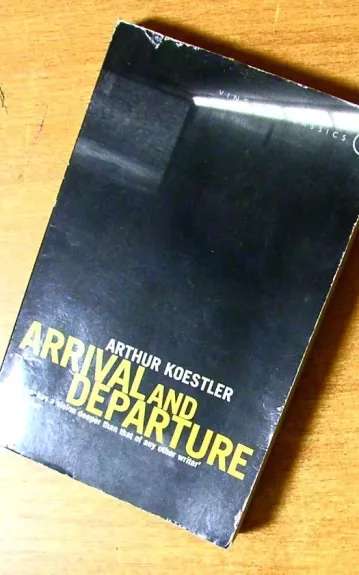
Hitler's U-boat War: The Hunters 1939-1942
A former infantryman, Adolf Hitler had little use for the German navy, which he considered inept and politically suspect. Still, through the skillful maneuverings of a young, up-and-coming naval officer named Karl Dönitz, Hitler eventually endorsed a costly program of shipbuilding. As a result, Dönitz was able to field a vast fleet of U-boats when Germany went to war against France and England in 1939. Although his enemies were initially better equipped, Dönitz was the craftier fighter, launching daring raids on shipping convoys and Allied harbors, and for a time, controlling the chief Atlantic sealanes. In this monumental history, Clay Blair analyzes the German U-boat campaigns from 1939 to 1942 (a companion volume continues his narrative to 1945), which, he writes, fall into three one against England alone, another against the newly arrived American navy, and a furious third against the combined Allied forces. Blair argues, against other historians, that the "U-boat peril" has been overestimated. He holds that the American submarine campaign against Japan in the Pacific was far more effective, and observes that 99 percent of Allied merchant ships on transatlantic convoys reached their destinations. Even so, the U-boats introduced a powerful element of terror into an already horrific war, diverting Allied effort into antisubmarine campaigns and delaying the transport of much-needed materiel.













